
Work in progress: Friends of Doctors Park Annual Report
December 25, 2019 | Topics: Places
By Ney Tait Fraser
According to records in Milwaukee County Library, Dr. Joseph Schneider donated the property that became Doctors Park to Milwaukee County as a bird refuge and nature preserve. Friends of Doctors Park are doing their best to honor his wishes. A large part of our work involves controlling invasives and planting native species.
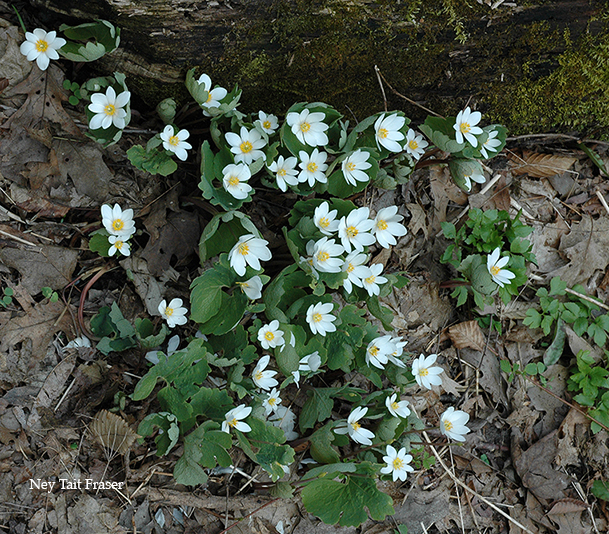
Rain and, possibly, snow had been predicted for the day of the spring weedout in Doctors Park. Nevertheless, on April 27th there was a good turnout of volunteers, including some parents who brought their children, as well as a group of enthusiasts called The Earth Ambassadors. We focused on digging out Arctic scilla which overwhelms every native spring ephemeral in its path. Patches of scilla were weed-whacked before their flowers had time to set seed. A colony of native bloodroot near the beach house was saved by digging out scilla bulbs. Continual vigilance will be needed to effectively remove this dreadfully invasive plant.
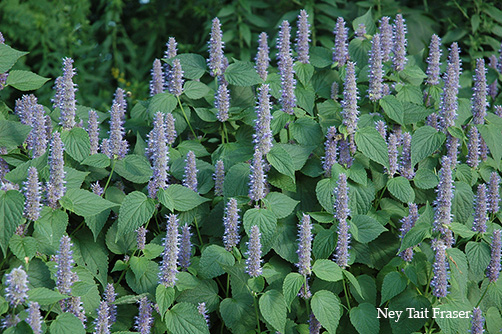
On April 29th, a sign indicating the creation of a monarch way station was placed on the east side of the lacrosse field. Of all the orange milkweeds planted there last year only three returned. Replacements were purchased and planted in compost mix. The common milkweed had been attacked by aphids. Twelve more plugs were purchased and planted. By August, large swallowtail butterflies were nectaring on the ironweed. All nine of the liatris (blazing star) we had planted were flourishing. Their flowers attracted dozens of monarch and other butterflies. Lavender hyssop in the way station was alive with bees. They were so popular that people stopped to ask about the plants and where they could purchase them for their yards. I compiled a color-coded list with a map showing where each plant was located in natural areas of the park, which was posted in the boy scout kiosk.
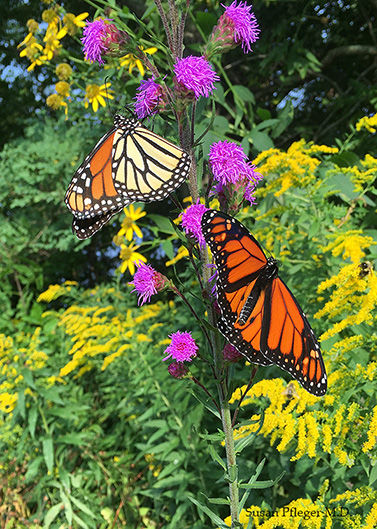
On May 30th, when we removed loads of hound’s tongue, burdock and dame’s rocket we saw two beautiful snakes and a toad. Our efforts enabled asters and black-eyed Susans to sustain wildlife and amaze people visiting the park. We also planted columbines, spiderworts, plugs of prairie dropseed, little bluestem, big bluestem, prairie brome and Pennsylvania sedge, which were generously donated by Stacy Haines. One heroic friend of the park dug most of the holes to plant them. For weeks, I lugged jugs of water to the park from my rain barrels to keep the plants alive.

Friends of Doctors Park have not only taken out buckthorn growing in the park, but were also allowed to take down female buckthorn trees on private property adjacent to the park. Beautiful weather and a good turnout enabled us to open the South Trail, which had become difficult to navigate due to encroaching buckthorn and downed trees. Unfortunately, some volunteers were stung by yellow jacket wasps. On an oppressively humid day, we opened the protective cages of the trees that had been planted in Picnic Area #1 and removed buckthorn and other invasives that were competing with the trees. Metal ID tags were made for the trees. The good news is that there are volunteer oaks, shagbark hickories, sedges and asters growing in the unmowed areas around the trees.
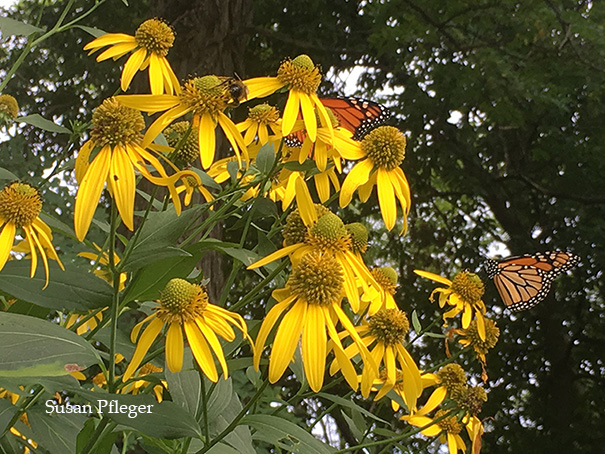
On November 4th, an allée of serviceberry and two redbud trees was planted at the entrance to the park. The trees were fenced by Friends of Doctors Park on Black Friday. Massive amounts of invasive honeysuckle bushes were removed north west of the parking lot. They will be replaced by gray dogwood and ninebark shrubs.

We also did some work in Big Bay Buckley Park. The park is bookended by two woodland areas. After decades of weeding out invasive garlic mustard, native woodland plants have returned. Sweet cicely hosts black swallowtail butterflies. Many different violets provide leaves for the caterpillars of fritillary butterflies to eat. Mertensia blooms just as hummingbirds arrive famished for nectar. This year, I only had to pull out half a garbage bag of invasive plants. It had been raining that day and a mantle of spiderwebs covered the native plants. Webs swayed and glittered – masterpieces of grace and gossamer lightness embroidered with drops of water.
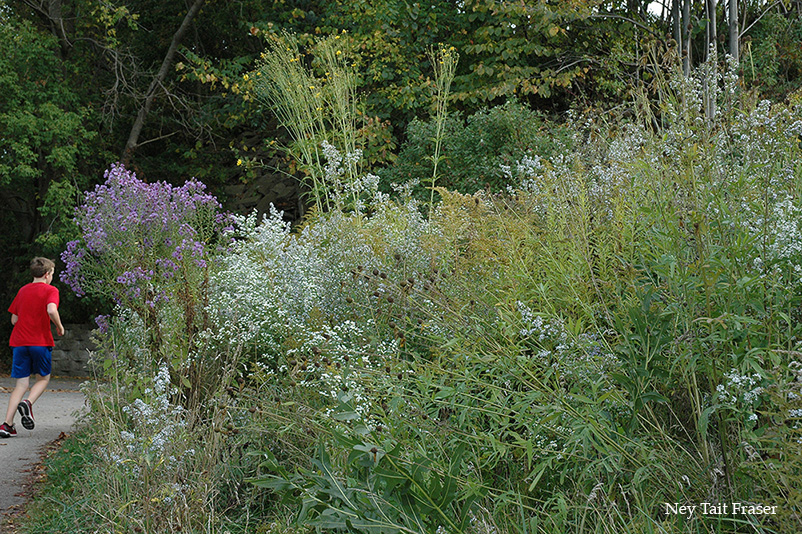
My hope is that other people will be inspired to adopt a park, or part of one, and remove invasive plants. The results are incredibly rewarding.
Ney Tait Fraser is the Weedout Co-Ordinator for Friends of Doctors Park. All photographs by the author except as noted. The featured photo of yellow trout lilies is by Barb Paulini.

